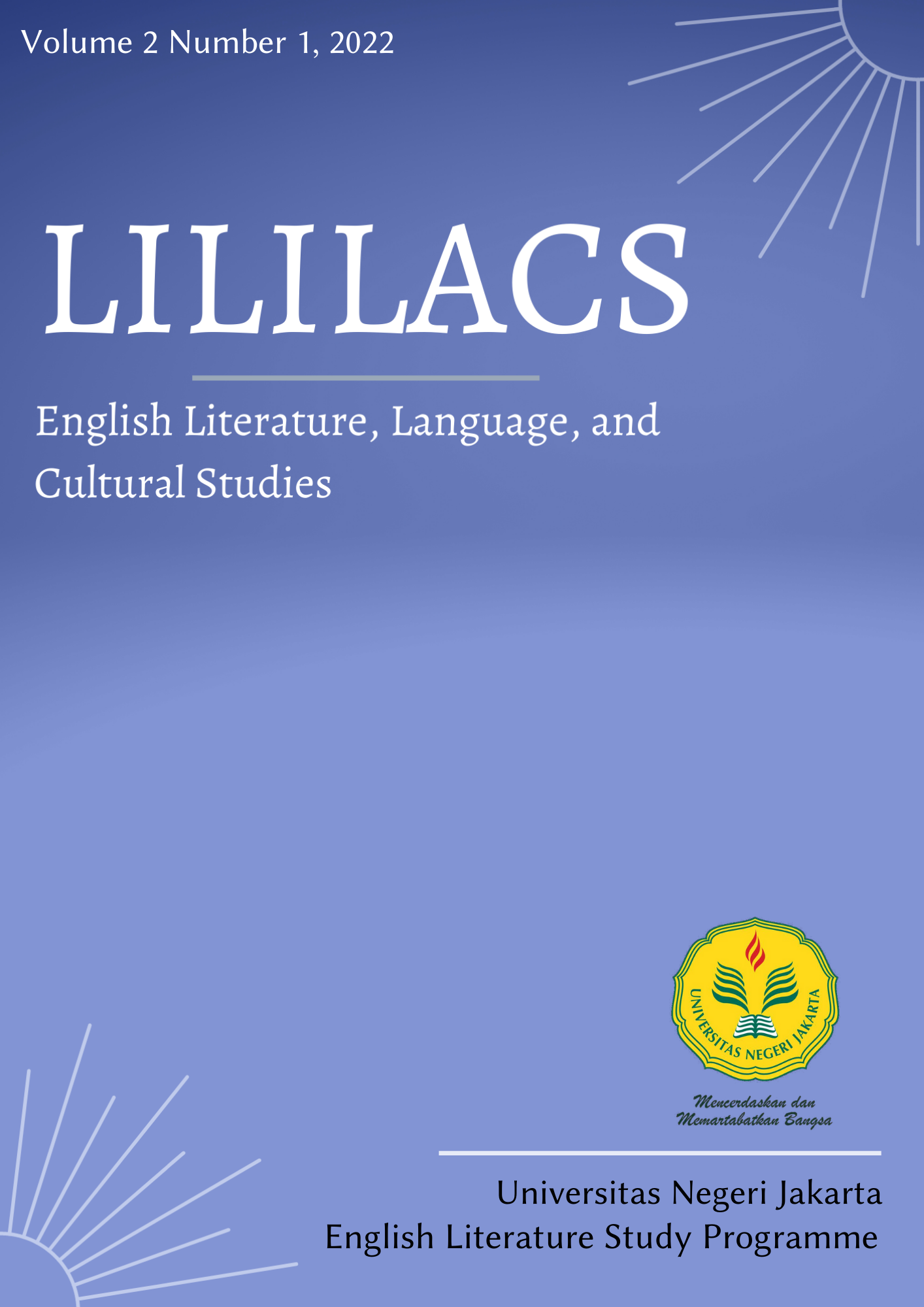A Portrayal of Hegemonic Power in The Handmaid’s Tale Novel by Margaret Atwood
DOI:
https://doi.org/10.21009/lililacs.021.01Keywords:
hegemonic power, the handmaid's tale, coercion, violence, ruling classesAbstract
Ideally, people should behave in accordance with their own worldview. However, hegemonic practice manipulates people to act in accordance with the ruling class’ interests. This study will examine Antonio Gramsci’s conception of hegemony by scrutinizing the portrayal of hegemonic power in The Handmaid’s Tale novel by Margaret Atwood. The study reveals that the ruling class in the novel uses consent as its main strategy in maintaining its power and coercion as the shield of its hegemonic power. Consent is most depicted by the use of manipulative discourse. It also shows that the ruling class maintains its authority by using privileges, rewards, movies, mass media, songs, Bible, symbolic outfit, and unified language. The occurrence of coercion in the novel is depicted by an existence of violence. It’s represented by how the Handmaids are punished by using an electric cattle prod once they make mistakes or refuse to fulfill the ruling class’ interests. Another portrayal of repression is depicted during The Salvagings. It’s the occurrence during which those who are guilty are executed by the ruling class’ repressive apparatuses or even by the Handmaids themselves.







